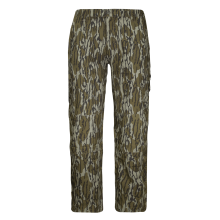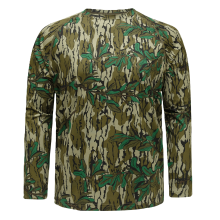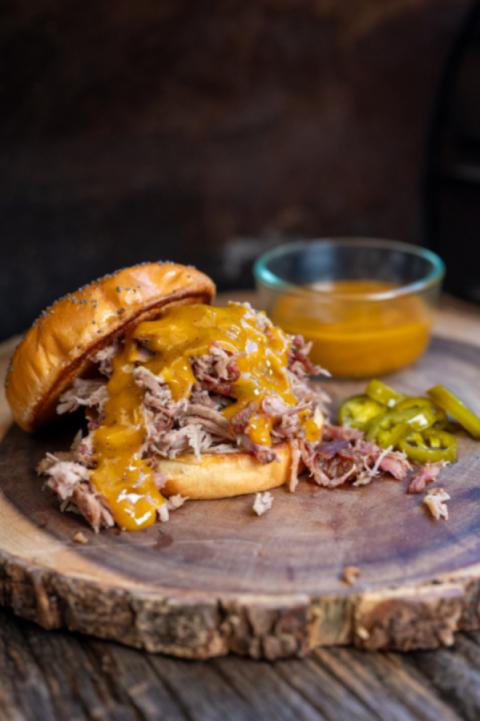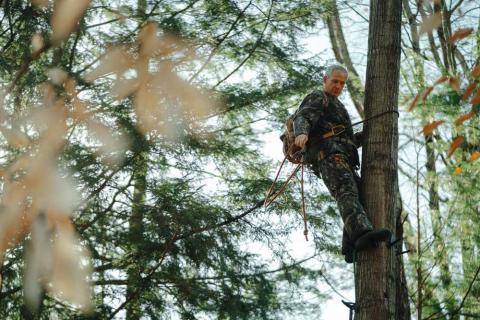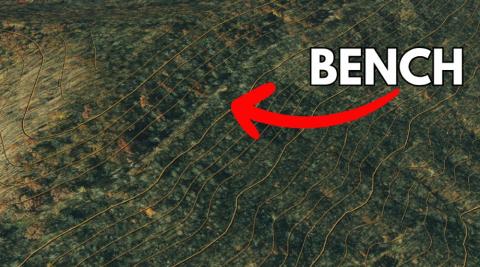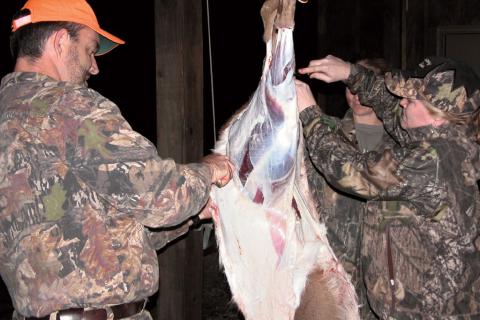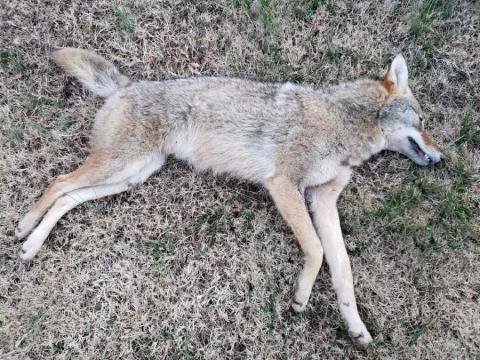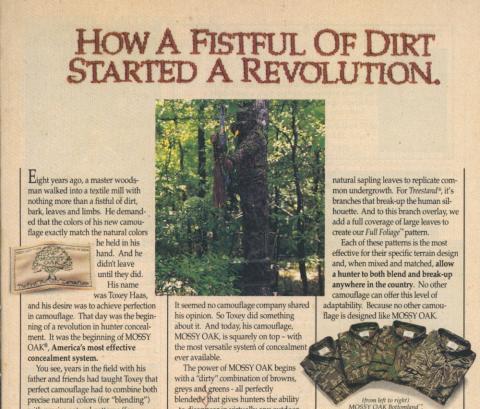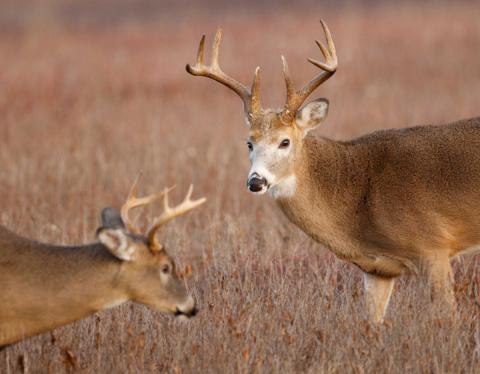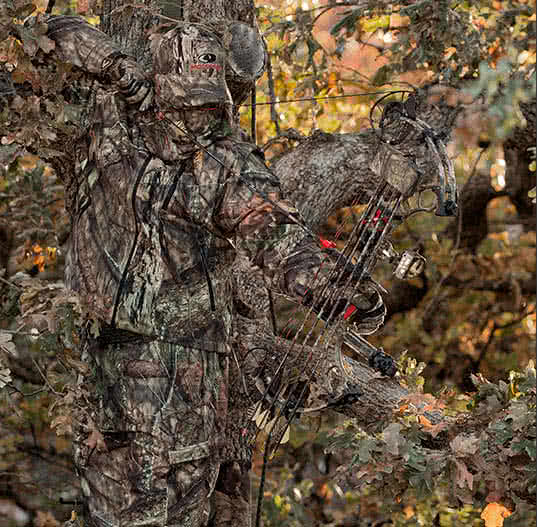Heath Wood
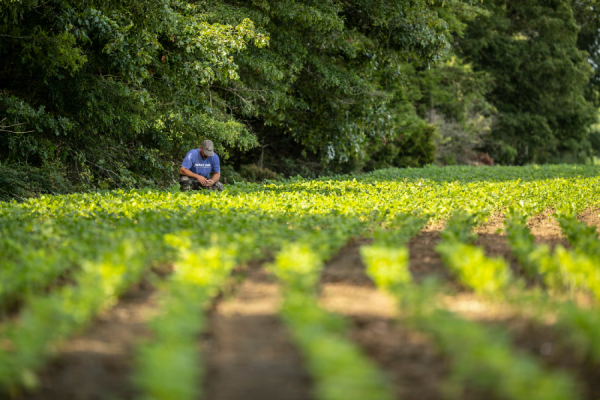
As summer reaches its peak, whitetail bucks are quickly developing in both antlers and body. Nutrition is crucial during this time, and knowing what deer are eating in July isn’t just interesting; it’s a vital part of the puzzle for serious hunters trying to find and pattern mature bucks before the season starts.
While driving across eastern Missouri, Kentucky, and Tennessee on our way to a family vacation, I probably didn't keep my eyes on the road as much as I should have. The reason for my gawking was the miles of soybeans, corn, and other crops near the Missouri and Ohio River bottoms and through the rolling hills of western Kentucky. These areas looked so good that I developed an inside joke with my wife, saying, “I would like to have a stand over there,” and “I bet there are some big bucks around here.” As a country boy from southern Missouri, I am not accustomed to vast crop fields for hunting; instead, we have small food plots, larger fields that are usually occupied by cattle or used for hay, and extensive hardwood timber. For hunters like me, it’s harder to find where the bucks are and what they’re feeding on during the middle of summer. Why does it matter? Whether it's soybeans, clover, or native browse, the food sources available in July can help reveal core areas and shape scouting strategy for early success.
Why July Diet Matters
July is a critical month for whitetails. Bucks are in the heart of antler development, with velvet-covered racks pushing inches each week. To support this rapid growth, bucks seek high-protein, nutrient-rich food sources. Their dietary preferences during this time aren’t just about filling their bellies; they're about optimizing growth and preparing their bodies for the rut and fall survival. For hunters, this means the deer are more patternable and loyal to specific feeding areas than at any other time of year.
No matter where you hunt across the country, focusing on a deer’s preferred July menu can help you find consistent movement patterns, identify core bedding and feeding areas, and set the stage for opening-day opportunities that might help you tag a mature buck early in the season.
Key July Food Sources
Soybeans: The Protein Powerhouse
Few food sources rival soybeans in attractiveness during the summer months. The green leaves of growing soybean fields are rich in protein, often over 20%, which makes them a magnet for bucks trying to bulk up and support antler growth. In ag-heavy areas, such as across the Midwest where I dream of hunting, soybean fields can serve as evening feeding hotspots, particularly along field edges or secluded corners with light pressure.
If you hunt in an area with crops, spend July glassing soybean fields from a distance during the last couple of hours of daylight. Bucks often stage just inside the timber before moving out to feed, which allows you to backtrack their route and identify potential bedding cover when scouting. Make notes of where you see the mature bucks enter the beans, either on a notepad or by using a hunting app such as HuntStand, which lets you view a specific area and mark key locations for scouting and planning before or during the hunting season.
Clover: A Reliable Summer Staple
Perennial clover plots stay palatable and attractive through the heat of summer and offer consistent nutrition. Clover thrives in open areas, along field edges, and even in logging roads and food plots tucked into the timber. Bucks may hit clover plots throughout the day, especially during overcast or cooler periods. In the areas I frequently hunt near my home, mostly made up of cow pastures and hay fields, there’s usually a mix of clover scattered throughout the taller grass. During the summer, deer often move through these fields to forage on the clover.
Again, clover fields or areas with clover growing among other grasses are excellent spots to observe from a distance with good binoculars. Hunters can also set up trail cameras on field edges or small interior clover patches to monitor daytime activity. Bucks that feel secure often visit these areas during shooting hours, providing early-season ambush spots. Find them in July and return during the first days of hunting season.

Native Browse: The Overlooked Buffet
Though ag fields and food plots get most of the attention, don’t overlook native browse. This includes greenbrier, honeysuckle, ragweed, pokeweed, blackberry stems, and young tree saplings, all of which provide key nutrients and are found in abundance on public and private land.
For many years, I have read, watched, listened to, and observed myself regarding the benefits of bucks' antlers when there is a plentiful supply of native browse. Recently, the Midwest has experienced dry weather throughout the summer, leading to minimal browse. However, this year has seen unseasonably high rainfall. In fact, by mid-July, many areas had not faced drought concerns and had received rain on a weekly basis. This resulted in an abundance of green browse for deer to feed on, amid dense cover. Additionally, clover fields and food plots are lush and growing very well. Hopefully, this wet weather will lead to healthier bucks this fall. For hunting purposes, in areas with little agriculture, native browse constitutes a major part of the whitetail’s diet and can reveal where bucks are living undisturbed.
Walk timber edges, cutovers, or clearings and look for fresh browse sign, such as snipped stems, leaves, or droppings. These areas often hold bachelor groups that are rarely seen in open fields because they are staying hidden, and honestly, they have no reason to go into the fields; they have all they need. These hidden areas are great places to hunt in a tree saddle or portable stand that can be carried in more easily than larger ladder stands or blinds.
Shop Now: 400 lb Capacity Deer Feeder
How Food Influences Core Areas
Bucks in July usually stick to tight home ranges, especially when food, cover, and water are nearby. The closeness of good summer forage to bedding areas often defines a buck’s core zone. Bucks might feed in the same field for days or weeks unless they feel pressured. This loyalty makes July a perfect time to find good hunting spots early, before fall pressure changes their patterns.
Key Signs of Core Areas
- Repeated trail camera photos of the same bucks
- Daylight movement patterns (especially morning returns and evening exits)
- Consistent tracks or trails leading to secluded feeding spots
When you find an area that has food, cover, and low human traffic, you’ve likely found a summer core area worth monitoring early in the season.

Scouting and Hunting Strategy
1. Use Trail Cameras Wisely
Set trail cameras along soybean and clover edges, within shaded browse corridors, and at watering holes. Use video mode or photo bursts to observe travel patterns, timing, and the number of bucks using the area.
2. Observe from Afar
Long-range glassing is your top low-impact scouting method. Climb a ridge, use a truck on a backroad, or bring a spotting scope to a distant vantage point to observe where bucks enter and exit feeding areas.
3. Confirm Bedding Areas
Backtrack trails from food sources to suspected bedding cover, usually north-facing ridges, CRP fields, or shady thickets. Mark these areas, but don’t put too much pressure on them in July. Let your cameras do the job.
4. Make a Plan for Early Season
Once a feeding pattern is established, plan your access route and setup considering prevailing winds. Bucks will become more cautious as velvet shedding approaches, so early-season success depends on minimal disturbance and precise entry and exit.
Understanding what bucks are eating in July is more than just wildlife observation; it’s a roadmap to early-season success. Soybeans, clover, and native browse aren't just menu items; they’re indicators of movement, behavior, and core range. By scouting wisely, observing food source use, and recognizing bedding-to-feeding patterns, you can set the stage for one of your best bow seasons yet.















